Recent research shows that over half of federally funded nonprofits now face financial instability, highlighting the risks of relying too heavily on a single funding source. Nonprofits that concentrate revenue from one grant, donor, or sponsor are vulnerable to sudden cuts that can jeopardize programs, staff, and community impact. Revenue diversification, across individual giving, corporate partnerships, earned income, and planned gifts, reduces risk while creating opportunities for growth and innovation. For leadership and boards, making diversification a strategic priority is essential to building resilience and ensuring mission continuity.
Read MoreWhen a nonprofit receives a large, unexpected, unrestricted gift, excitement can quickly turn to tension without a plan in place. A clear windfall policy transforms those moments from reactive debates into strategic opportunities—balancing today’s needs with tomorrow’s sustainability. By defining in advance how surprise funds will be split between immediate priorities and long-term reserves or endowment, organizations make disciplined decisions that build lasting strength. With a policy, every unexpected gift becomes more than a blessing—it becomes a legacy.
Read MoreAs donor pools shrink and costs rise, unrestricted funding has become a lifeline for nonprofits—fueling the people, systems, and strategy behind every mission. Yet too often, organizations undersell their operational backbone. Winning core support requires more than a grant proposal; it demands trust, transparency, and proof of organizational strength. In today’s climate, general operating support isn’t overhead—it’s the engine that drives impact.
Read MoreIowa State’s athletics department faces a $147 million deficit through 2031, driven by the NCAA settlement’s new revenue-sharing requirements and shifting conference dynamics. Like Kansas State, Houston, and Oregon State, ISU is cutting expenses, raising donor expectations, and delaying facility upgrades just to keep pace. The deeper concern is cultural: as costs climb and revenues consolidate, non-revenue sports, community traditions, and the amateur spirit of college athletics may be sacrificed. Some schools, like UConn, are thriving through record fundraising, but many mid-tier programs may soon face existential choices that reshape the very fabric of college sports.
Read MoreAmerican higher education is facing a reckoning after decades of ignoring mounting economic pressures. Declining enrollment, rising costs, and shrinking public funding have exposed the unsustainable financial model at many institutions. While universities have invested in high-cost amenities to compete for students, these strategies have failed to address core budget gaps. Ellen Aprill’s argument for more flexible endowment use highlights a path forward: responsible, mission-aligned spending that prioritizes long-term sustainability over outdated norms. To survive, colleges must rethink what they offer, how they fund it, and what truly serves their mission.
Read MoreA demographic shift looms over higher education, with U.S. high school graduates projected to decline after peaking in 2025. This downturn exacerbates existing challenges, as many colleges already face financial strain due to declining enrollments and reduced government support. Institutions heavily reliant on tuition revenue may grapple with program cuts, layoffs, and potential closures. What can be done? Innovate.
Read MoreVolunteers. In 2023, their contributions are valued at $33.49 per hour! However, their impact extends way beyond labor savings. Volunteers expand a nonprofit’s capacity, offer specialized skills, and credibility – making them a crucial asset during tight times. The sooner you understand the importance of investing in volunteer engagement, the sooner it will become a game-changer for your organization.
Read More
